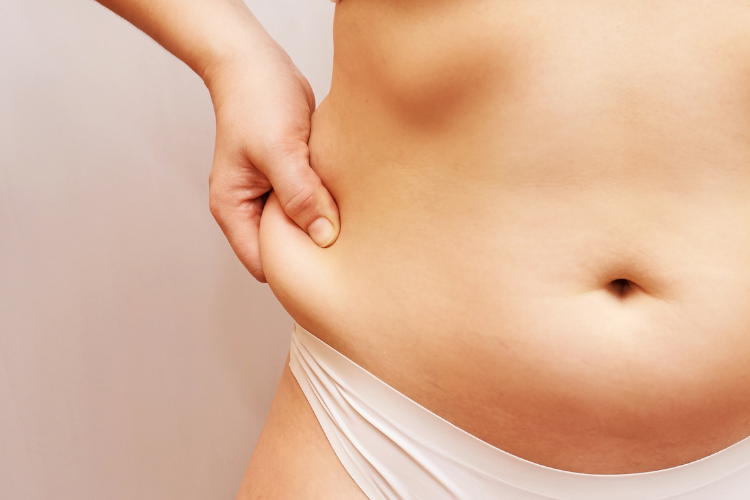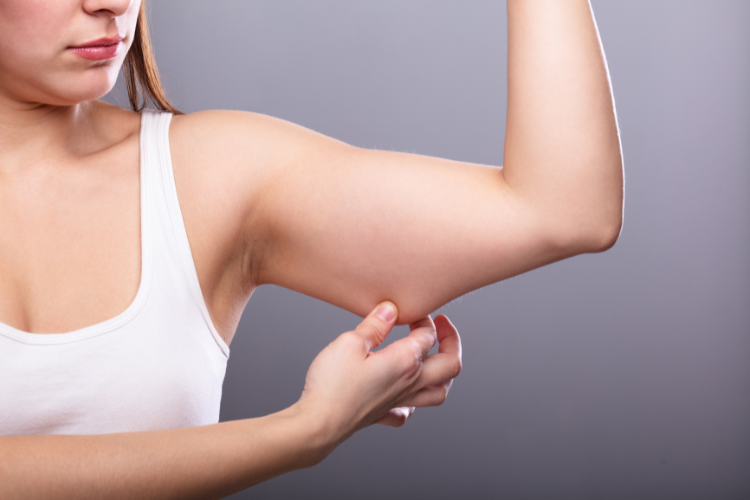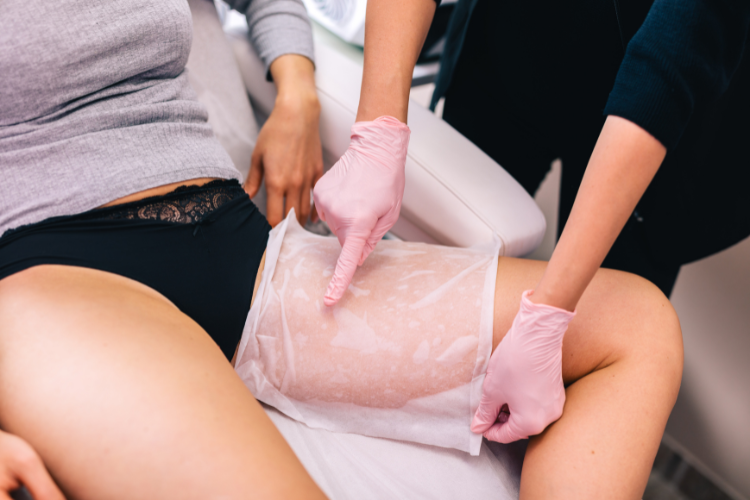
Cryolipolysis is a revolutionary cosmetic procedure, often referred to as “Coolsculpting,” that has gained popularity in recent years. As a physician specializing in aesthetic medicine, I am frequently asked about this non-invasive fat reduction technique. In this article, I will address the most common questions about cryolipolysis and provide you with detailed information based on scientific data and my clinical experience.
Cryolipolysis is a technique for reducing localized fat. This non-invasive procedure has garnered attention for its innovative approach that deviates from traditional methods like liposuction. Here is an in-depth exploration of what cryolipolysis is, how it works, and why it has become a preferred option for many.
Cryolipolysis is based on a simple yet effective scientific principle: fat cells are more vulnerable to cold than the surrounding tissues. This discovery came as a result of observations showing that adipose cells could be selectively affected by cold. The process behind cryolipolysis is known as “cold-induced lipolysis.” Intense cold exposure leads to the crystallization of lipids within fat cells, resulting in their destruction without affecting nearby tissues. Fat cells undergo a natural process of cell death known as apoptosis.
During a session, a device is placed on the targeted fat deposit. This device suctions the skin and underlying fat. Once the process begins, fat cells are exposed to an increase in temperature to 40 degrees to create a thermal shock and then to intense cold. This treatment is comfortable, and the fatty area typically becomes numb after a few minutes. The duration of a session varies depending on the treated area, but it generally lasts between 35 and 60 minutes.
After the treatment, the crystallized fat cells start to break down and are gradually eliminated by the body’s natural processes. This process can take several weeks to a few months. Therefore, results are not immediate, but they become visible over time, typically three months after the treatment. On average, each cryolipolysis session can reduce the treated fat layer by 20% to 25%. It is important to have realistic expectations and understand that cryolipolysis is not a miracle solution.

One of the main advantages of cryolipolysis is that it does not require any incisions, anesthesia, or long recovery times. This makes it an attractive option for those seeking a non-surgical solution. However, cryolipolysis is not a method for weight loss. It is intended for individuals looking to eliminate stubborn fat pockets that do not respond to diet and exercise. It is also not effective for treating obesity or large areas of fat.
The belly is one of the most commonly treated areas. Ideal for getting rid of stubborn fat deposits that resist diets and exercise, this treatment can help flatten and tone the abdomen.
Flanks or “love handles” are often challenging to eliminate. This technique can reduce fat, contributing to a smoother and more defined body contour.
Back fat, especially under the shoulder blades and around the bra area, can be effectively treated, providing a smoother and more uniform appearance to the back silhouette.
It is also used to treat the thighs, both on the inner and outer sides. It can help reduce the appearance of cellulite and refine the thighs.
Arms, especially in the triceps area, can benefit from this treatment to reduce fat deposits and achieve more toned and sculpted arms.

It is ideal for individuals looking to eliminate stubborn fat deposits that do not go away despite a balanced diet and exercise. It is not a weight loss solution for overweight or obese individuals.
Cryolipolysis is generally considered safe. However, like any medical procedure, there are risks. The most common side effects include redness, bruising, and sensitivity in the treated area. These symptoms are temporary and uncommon.
Sensations of pulling or suction may occur during treatment due to the suction of the skin into the device. There is no pain sensation. If pain is felt, the treatment should be stopped to investigate the cause of the pain signal.
1. Redness: These skin reactions are common immediately after treatment but typically fade within a few days or weeks.
2. Sensitivity to touch or numbness: These sensations can occur in the treated fat pad but are temporary.
3. Dehydration: The treatment can lead to temporary dehydration, so it is important to drink plenty of water.
4. Paradoxical Adipose Hyperplasia (PAH): A rare side effect where the treated area increases in size rather than becoming smaller. This side effect often makes headlines in magazines.
Paradoxical Adipose Hyperplasia (PAH) is a rare side effect. This phenomenon occurs when, instead of reducing the fat bulge treated by cryolipolysis, this fat deposit increases in volume and becomes firmer to the touch. PAH is characterized by abnormal growth of adipose tissue, forming a bulky mass in the area exposed to cold.
The exact mechanism of PAH is not fully understood, but several theories exist to explain this paradoxical phenomenon. One hypothesis suggests that exposure to extreme cold could trigger an inflammatory response in adipocytes, leading to proliferation or hypertrophy of adipocytes rather than their destruction.
Another theory proposes that PAH could result from abnormal differentiation of stem cells present in adipose tissue. Normally, after cryolipolysis, damaged adipocytes are gradually eliminated by the body’s natural processes. However, in cases of PAH, it is possible that cold-induced cellular stress causes stem cells to differentiate into new adipocytes, leading to an increase in fat volume in the treated area.
PAH is a rare event. Exact statistics vary, but some reports suggest it may occur in approximately 0.005% to 0.05% of cryolipolysis treatments. The diagnosis of PAH is primarily clinical, based on the appearance of a dense and enlarged mass in the treated area, typically several months after the procedure.
Currently, the most effective way to treat PAH is through liposuction. This surgical procedure removes the excess adipose tissue that has formed. However, it is important to wait until the area becomes stable before undergoing liposuction, which can take several months.
It is not suitable for everyone. Here are the main medical contraindications:
1. Cryoglobulinemia, cold agglutinin, or paroxysmal cold hemoglobinuria: These blood disorders can be exacerbated by cold and may make cryolipolysis dangerous.
2. Connective tissue disorders, such as cold dermatitis or cold urticaria: People with these symptoms may react negatively to cold exposure.
3. Circulatory or nerve disorders: This includes conditions like poor peripheral circulation or peripheral neuropathy.
4. Pregnancy or breastfeeding.
5. Hernia or a history of hernia in the treated area: The cryolipolysis process can worsen an existing hernia or cause a new one.
6. Active skin implants or recent surgeries in the treated area: Implants or surgical scars can affect how the skin responds to treatment.
7. Cold sensitivity or allergy: Severe allergic reactions to cold can make the treatment risky.
8. Obesity: It is not a weight loss treatment and is not effective for people with obesity.
To get the most out of this procedure, there are certain factors and practices to consider. Here are essential tips to maximize the effectiveness of your treatment:
Proper hydration before and after the session can facilitate the process. Also, avoid anti-inflammatory medications before the treatment as they may interfere with the natural fat cell elimination process.
After a session, it’s advisable to massage the treated area to improve circulation and facilitate the elimination of fat cells. At Maison Magnifisens, after the session, you will receive a massage and lymphatic drainage to warm up the treated tissues and help establish proper elimination of fat cells, which will be gradually cleared by the lymphatic system. Sometimes, one or more lymphatic drainage sessions in the following weeks are recommended depending on the condition of your lymphatic system. For optimal results, it’s important to maintain a healthy lifestyle after treatment. A balanced diet and regular physical activity are essential to prevent the accumulation of new fat in the treated areas.
At Maison Magnifisens, we recommend 30 minutes of physical activity the day before, the day of, and the day after the session. Everyone does what is possible for them, and it can be as simple as taking a walk.
During these three days, avoiding fast and slow sugars is an important asset for the success of the treatment result.

This technique represents a significant advancement in the world of aesthetic medicine, offering a non-invasive and effective alternative to surgery for reducing localized fat. Based on solid scientific principles, this technique allows for safe and controlled body sculpting without the constraints and risks associated with surgical procedures.
Imagine being able to reduce those stubborn fat areas that resist exercise and a healthy diet. This technique makes it possible. With visible and long-lasting results, it helps you regain confidence in your body and feel better in your own skin.
However, it’s essential to determine if this method is suitable for your needs and personal goals. Every individual is unique, which is why a thorough medical assessment by a professional in aesthetic medicine is indispensable. This assessment will evaluate your eligibility for cryolipolysis and customize your treatment based on your body characteristics and expectations.
We invite you to schedule a comprehensive medical assessment. It’s an opportunity to ask all your questions, dispel your doubts, and take the step toward a reshaped and harmonious silhouette.
Don’t wait any longer to find out if cryolipolysis is the solution you’ve been looking for. Contact us today to schedule your consultation.
Comments